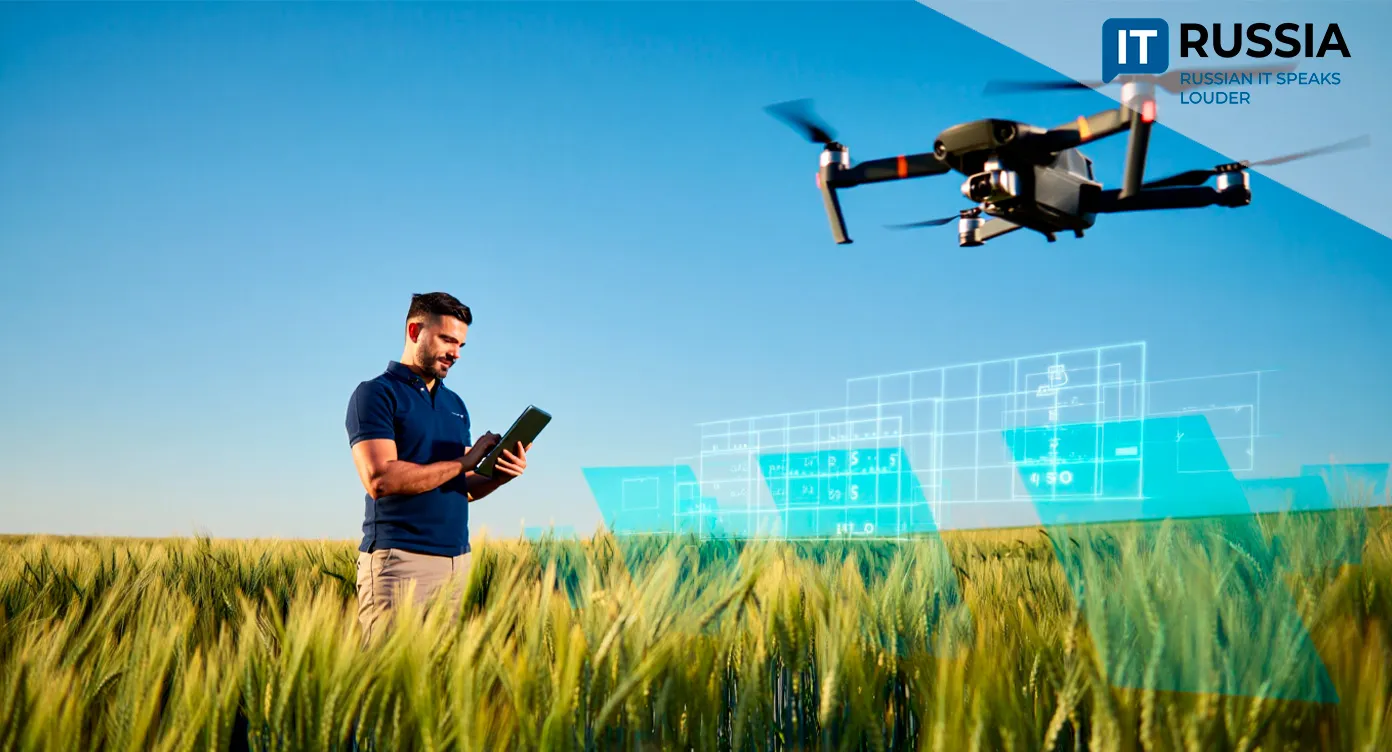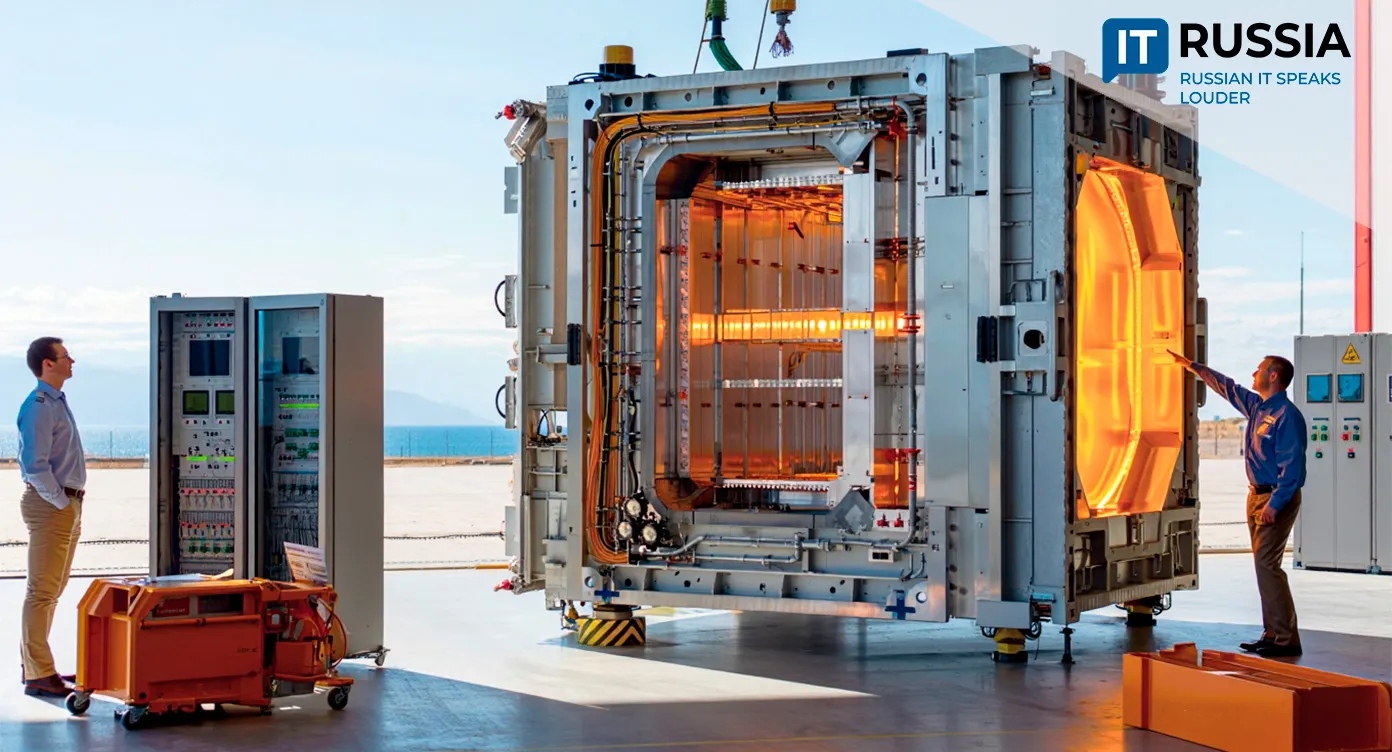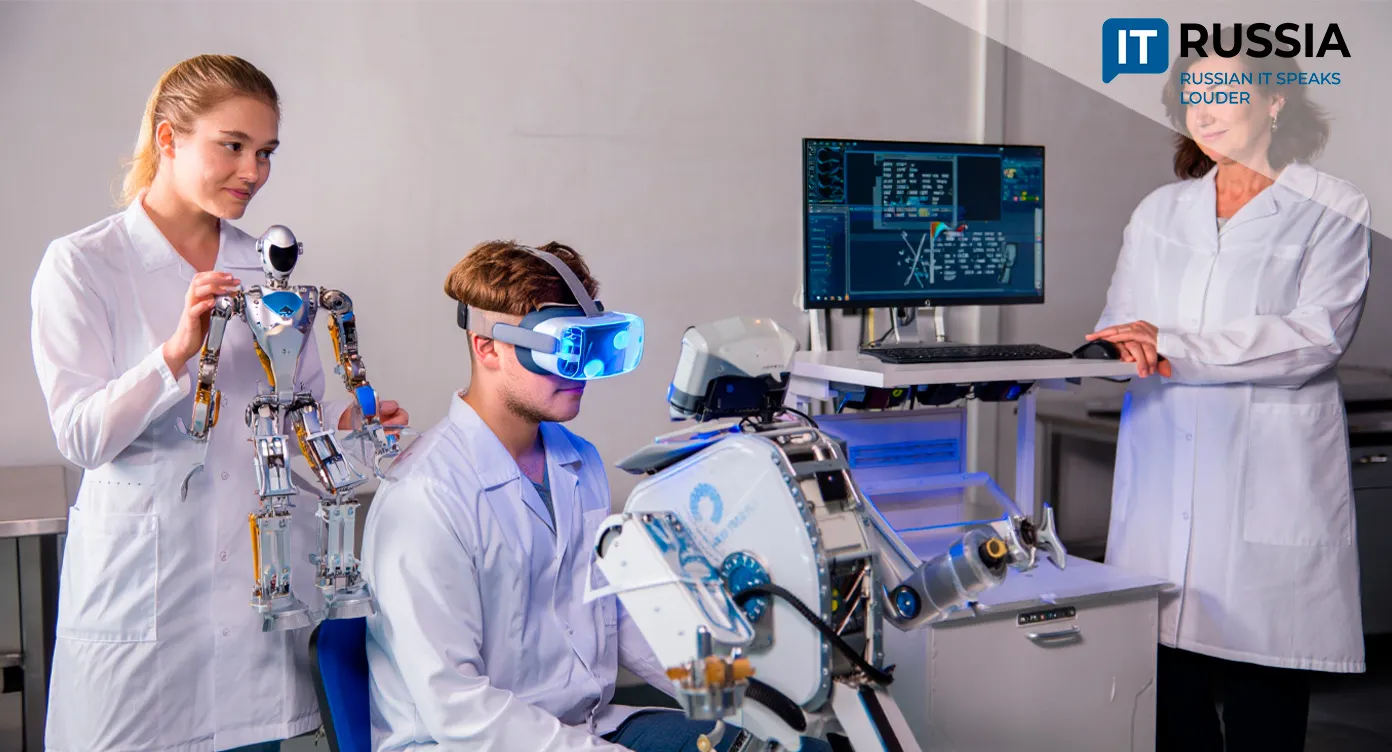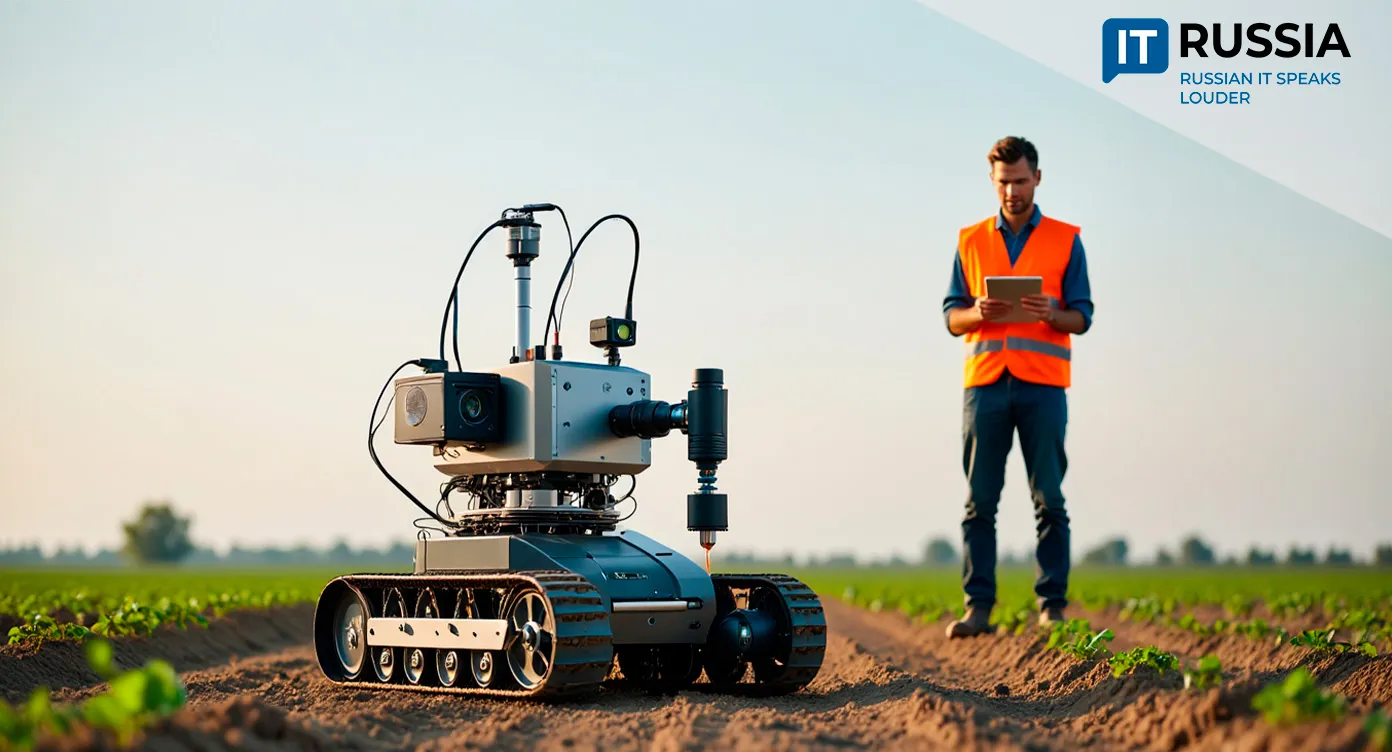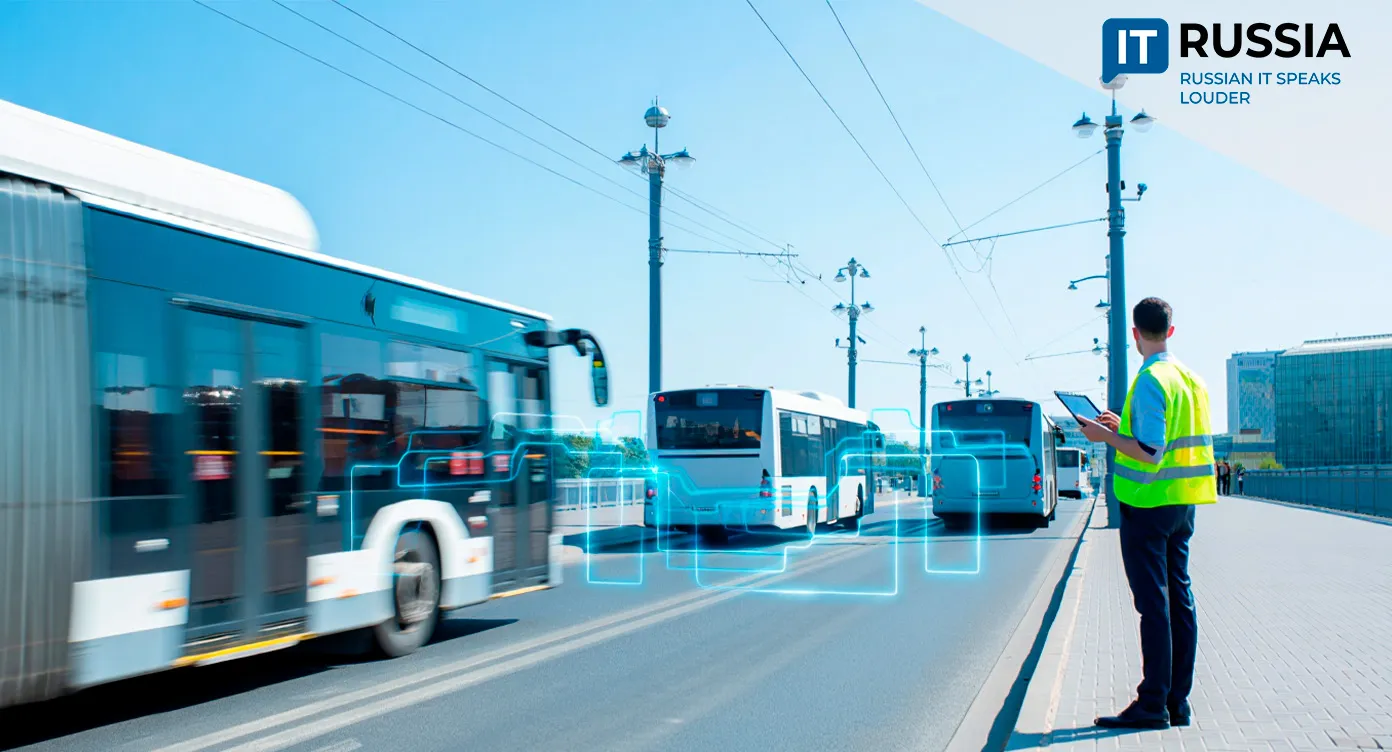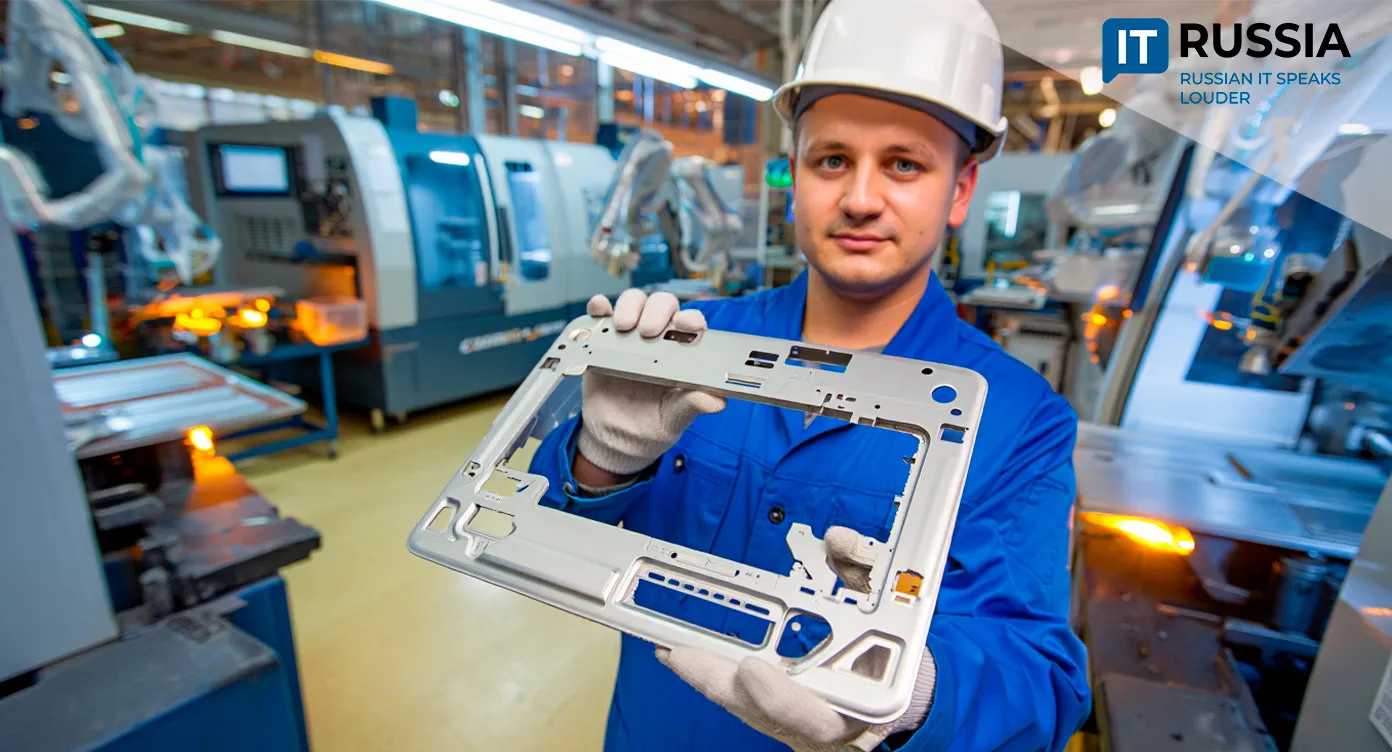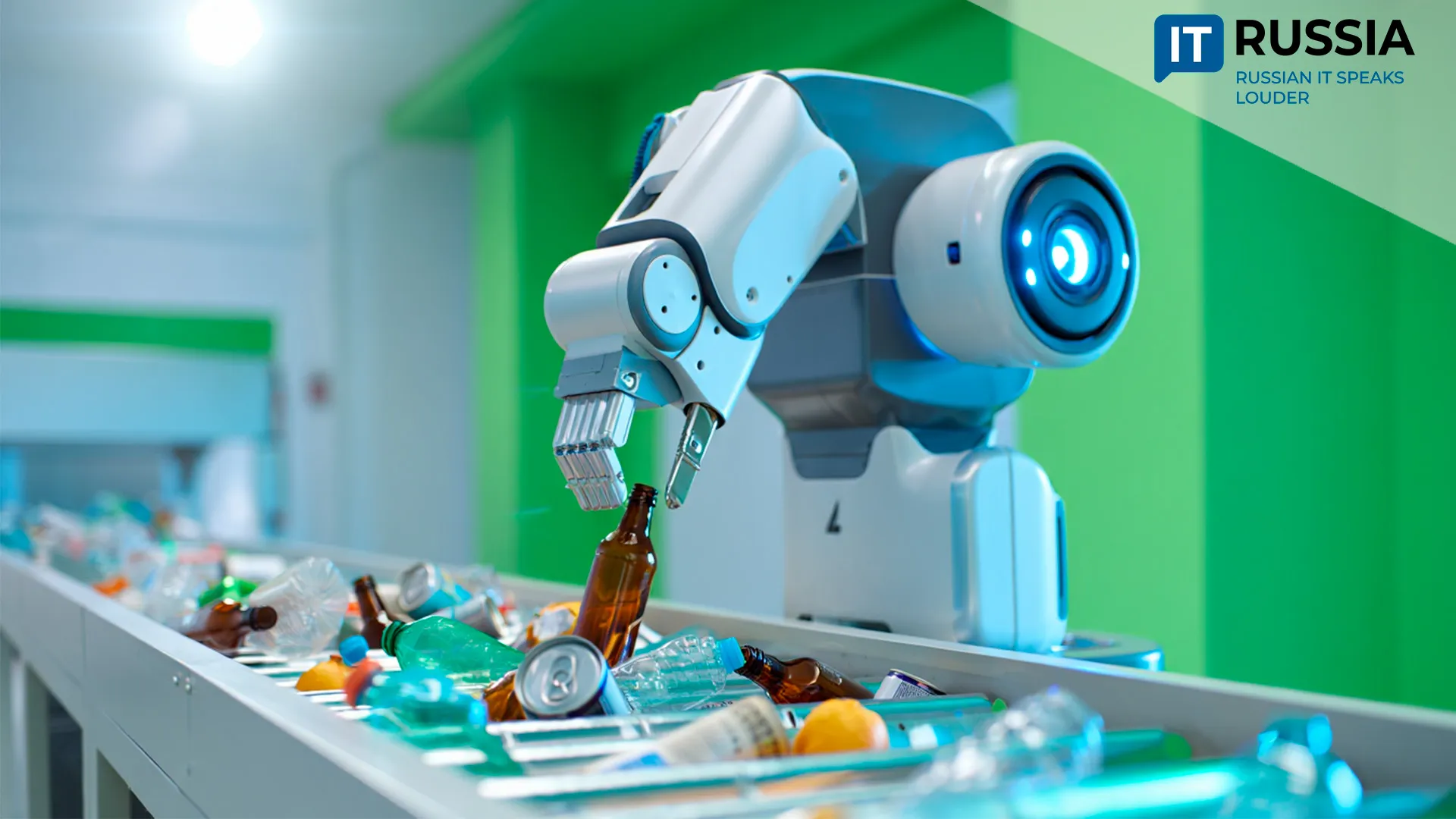Robots Will Make Balashikha Cleaner
The Russian city of Balashikha is pioneering the integration of robotics into urban maintenance, showcasing how automation is reshaping public services.
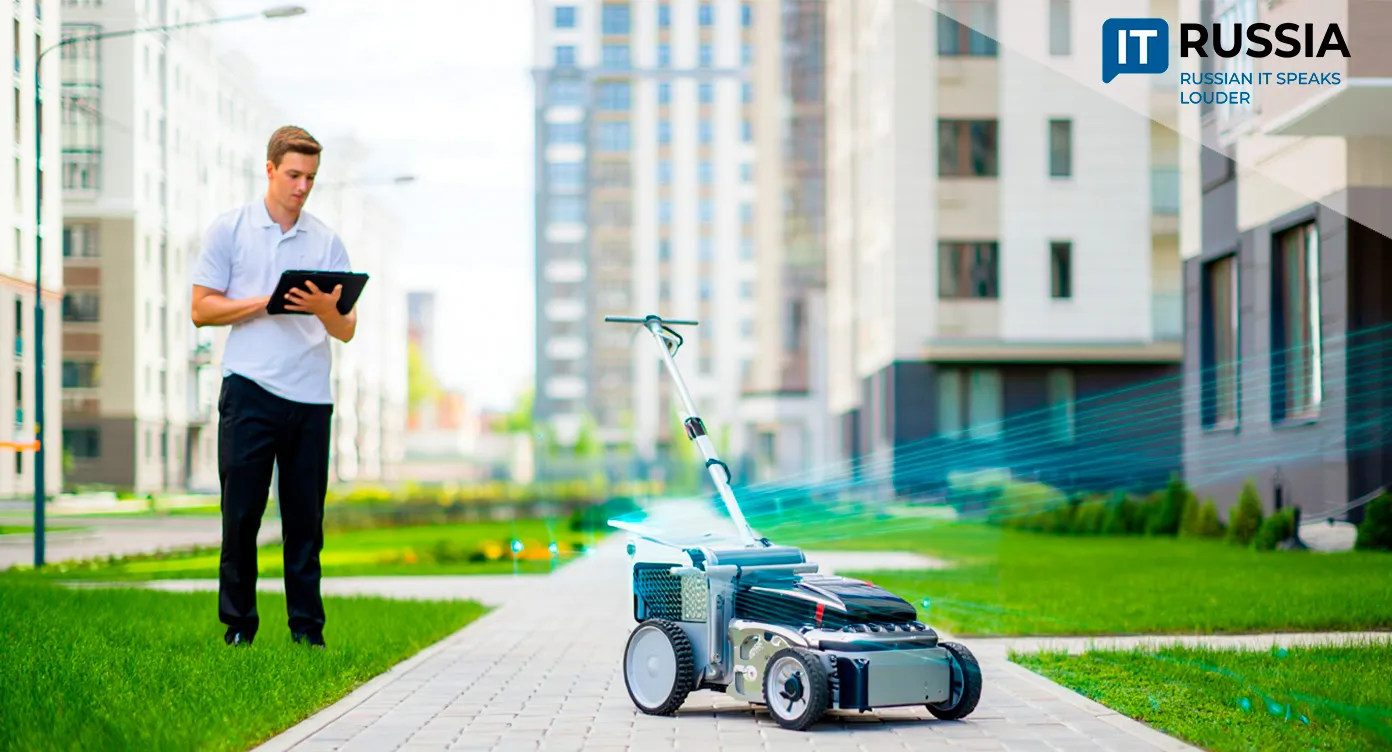
Robots as Assistants, Not Replacements
In the Olgino district of Balashikha, a 140-kilogram transformer robot has begun operating. Equipped with interchangeable attachments such as an adjustable grass-cutting blade and a snow plow, the tracked machine is designed to work on sidewalks and lawns. Its main advantages are economic efficiency and consistent performance. Unlike human workers, the robot requires no social benefits and does not get tired. According to the management company “Zhilkominzhiniring,” the robot, which costs approximately $3,300, is expected to fully pay for itself.
Currently, the project is in a testing phase, and each unit is supervised by an operator who adjusts its route and operation depending on weather conditions.
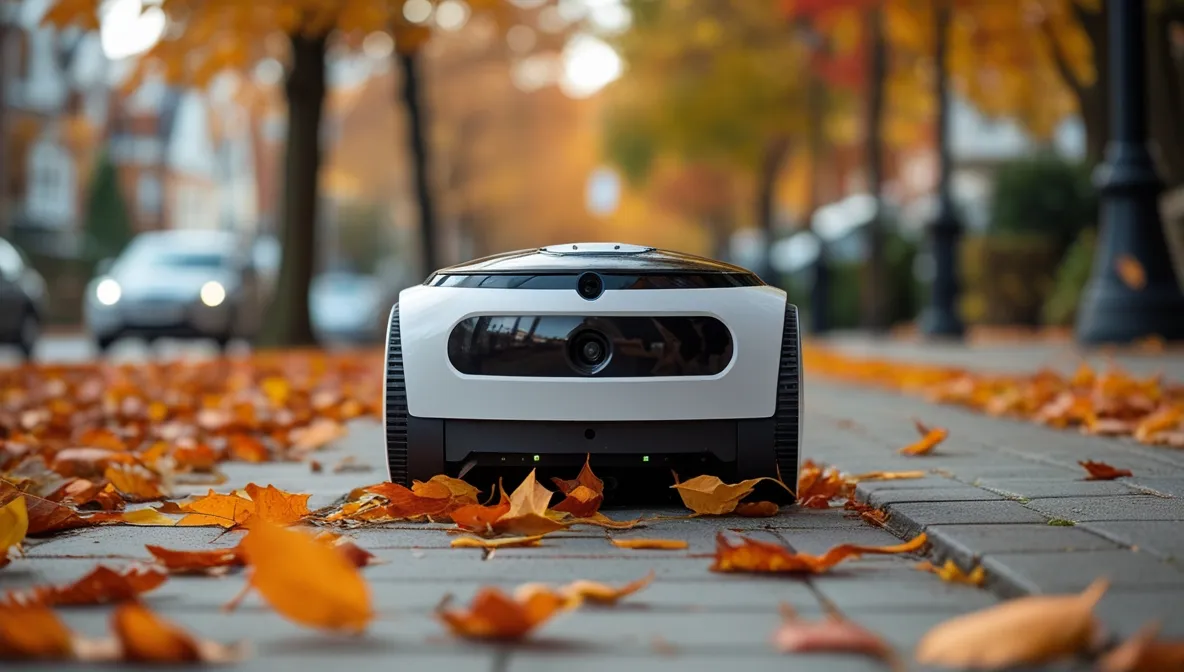
The introduction of such technology highlights the increasing demand for robotics in Russia’s public utilities sector.
For municipal services, robots help improve cleaning efficiency and reduce the need for additional staff. Residents, in turn, benefit from cleaner surroundings and more reliable maintenance services.
A Growing Market for Autonomous Platforms
Experts note that the Russian market for autonomous platforms is still in its early stages. Developers are experimenting with various types of robotic systems, from compact tracked machines to large vehicles based on trucks like KamAZ and MAZ.
If the Balashikha experiment proves successful, the model could be scaled across other municipalities in the Moscow region and eventually throughout Russia. This would stimulate the development of domestic robotics and urban IT solutions.
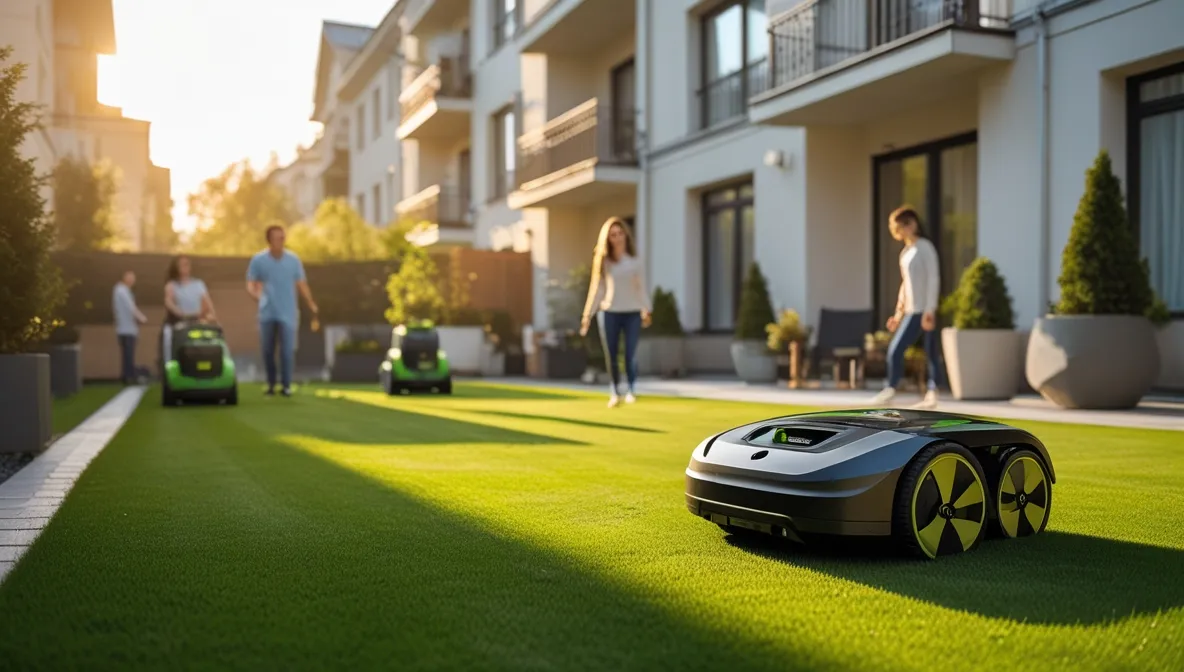
From Pilot Projects to Mass Deployment
This is not the first attempt to introduce service robots in Balashikha. Back in 2017, the city tested snow-cleaning robots that were estimated to replace the work of 10–15 janitors. The concept of “smart cities” and automated services has been gaining momentum in Russia between 2023 and 2025.
Moscow currently leads the way in deploying cleaning robots. Since 2023, the city has been using a model called “Pixel,” developed by the company “Avtonomika.” There are now 20 such machines operating in the capital’s parks, with plans to expand the fleet to 30.
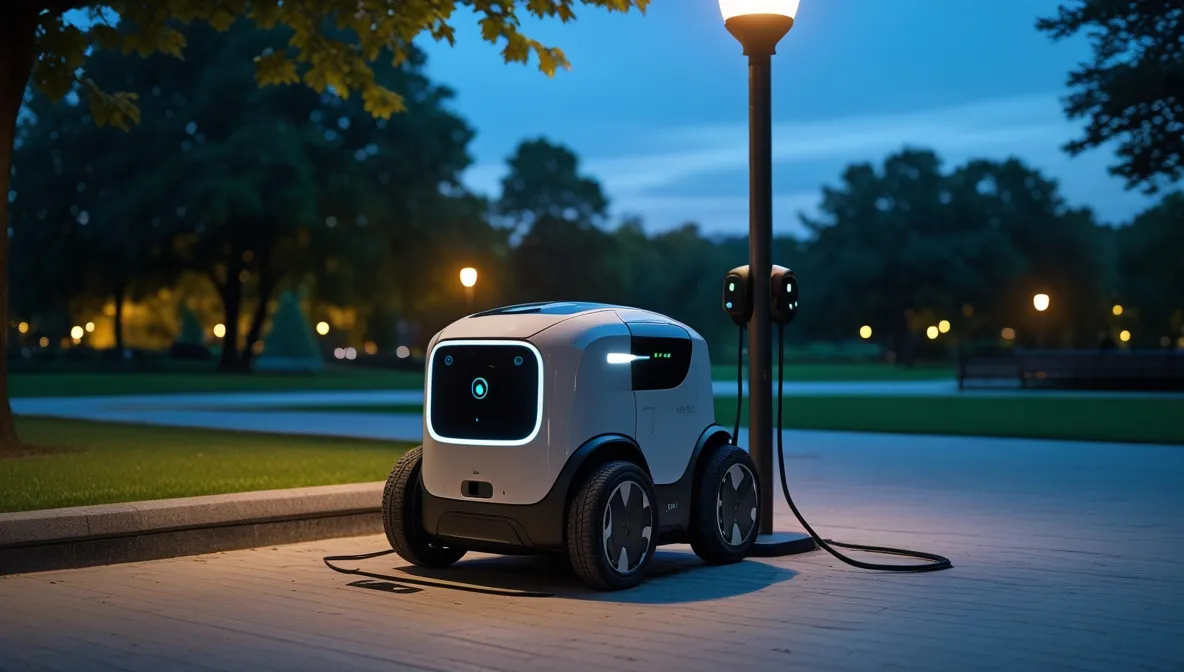
Productivity Gains and Cost Reduction
The Balashikha experiment demonstrates a national trend toward automation in urban infrastructure management. Data shows that the introduction of robots can increase labor productivity by 25% while reducing time and material costs by 40%.
In the near future, more residential areas in Balashikha will be serviced by robots, with snow removal scheduled for winter months. If the results remain positive, the program could expand across the Moscow region. Robotics may soon become standard in medium and large Russian cities, creating stable demand for domestic developers.
In the long term, such systems could be integrated with IoT networks and automated monitoring platforms as part of broader smart-city ecosystems.
The success of this initiative depends on long-term economic efficiency, technical reliability, and infrastructure readiness. However, the first step has already been taken — and Balashikha is showing how technology can transform public services.






